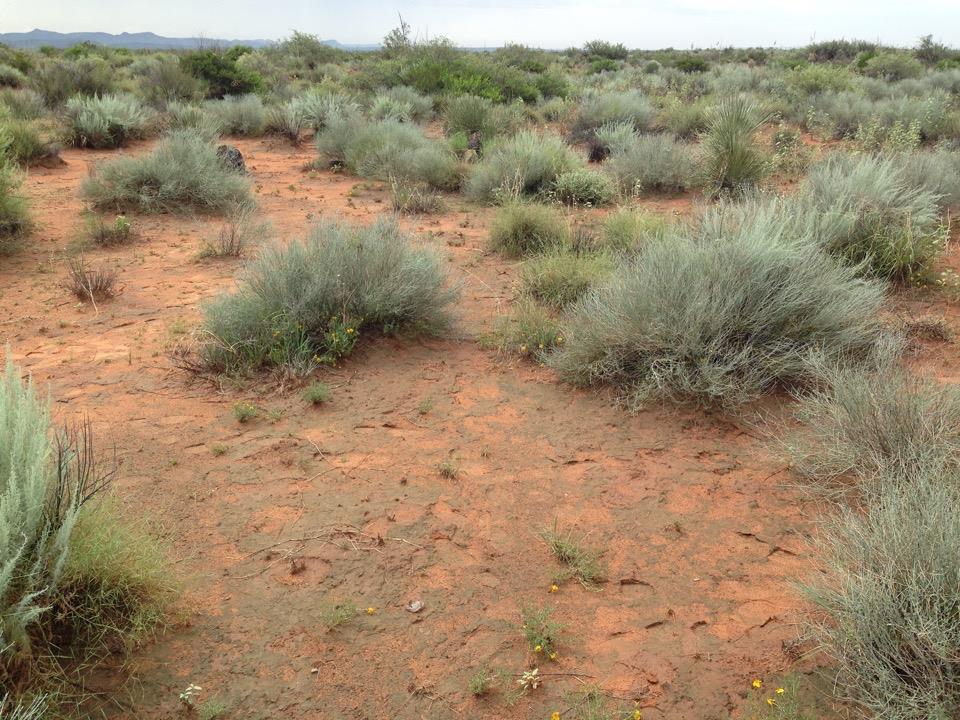Ferran GARCIA-PICHEL (Arizona): During the last two decades it has become increasingly apparent that biological soils crusts, thin topsoil microbial communities that thrive in plant interspaces and are driven by microbial or cryptogamic photosynthesis, while perhaps inconspicuous to the untrained eye, are an important and dynamic component of rangelands and deserts. A component that influences numerous aspects of the ecosystems that host them, including primary productivity, fertility, soil stability, as well as biogeochemical, thermal and hydrologic cy-cles, helping support plants and decomposers. Logically, most studies on the biology and ecology of biocrust organisms have focused on the photosynthetic primary producers. I will present evidence that the microbial primary producers, judt like plants, have establish relationships with their surrounding soil microbiome members. Some good, some bad, and some downright ugly. Importantly, these interactions are determinant of biocrust growth dynamics, of the ecosystem services that biocrusts deliver to rangelands, and applicable to ongoing efforts to attain self-sustaining arid and rangeland soil restoration and manage-ment through interventional biocrust re-seeding. This is consistent with a developing no-tion of an evolutionarily deeply rooted continuum of interconnections between photo-trophic and heterotrophic systems, from cyanospheres to plant root microbiomes.
Beginn des Seitenbereichs:
Seiteneinstellungen:
Ende dieses Seitenbereichs. Zur Übersicht der Seitenbereiche
Beginn des Seitenbereichs:
Suche:
Schließen
Ende dieses Seitenbereichs. Zur Übersicht der Seitenbereiche
Suchen
Beginn des Seitenbereichs:
Hauptnavigation:
Seitennavigation:
- Universität
Universität
Lösungen für die Welt von morgen entwickeln – das ist unsere Mission. Unsere Studierenden und unsere Forscher:innen stellen sich den großen Herausforderungen der Gesellschaft und tragen das Wissen hinaus. - Forschungsprofil
Forschungsprofil
Wissenschaftliche Exzellenz und Mut, neue Wege zu gehen. Forschung an der Universität Graz schafft die Grundlagen dafür, die Zukunft lebenswert zu gestalten. - Studium
Studium
Wo ist der beste Ort zum Studieren? An der Uni Graz. In einer inspirierenden Atmosphäre des Lernen und Forschens. Mit rund 120 Studien zur Auswahl. Für deinen Weg in die Zukunft. - Community
Community
Die Universität Graz ist Drehscheibe für internationale Forschung, Vernetzung von Wissenschaft und Wirtschaft sowie für Austausch und Kooperation in den Bereichen Studium und Lehre. - Spotlight
Ende dieses Seitenbereichs. Zur Übersicht der Seitenbereiche
Beginn des Seitenbereichs:
Sie befinden sich hier:
Ende dieses Seitenbereichs. Zur Übersicht der Seitenbereiche
27.04.2021
17:00 - 18:30
Institut für Biologie
Beginn des Seitenbereichs:
Zusatzinformationen:
Ende dieses Seitenbereichs. Zur Übersicht der Seitenbereiche
Ende dieses Seitenbereichs. Zur Übersicht der Seitenbereiche
